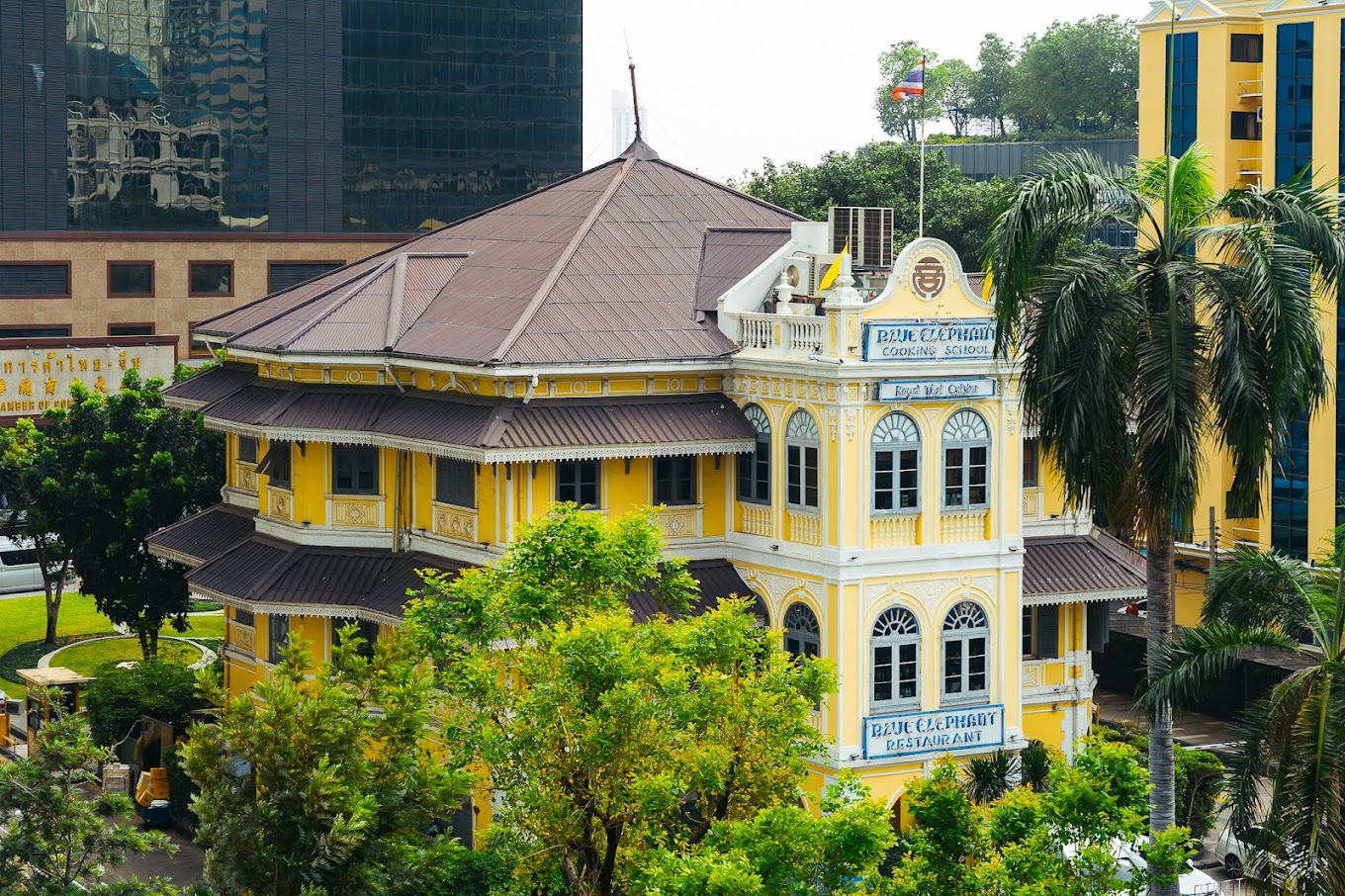Updated on August 19, 2025
Phuket is best known around the world for its tropical beaches, lively nightlife, and island adventures, but beyond its postcard-perfect scenery lies a cultural richness that is just as captivating. With centuries of trade, migration, and heritage shaping its identity, Phuket is more than just a luxury holiday destination—it is a living tapestry of traditions, architecture, and stories that continue to influence local life today. For the people of Phuket, culture is not only preserved through festivals and monuments but also woven into daily routines, cuisine, and values. Exploring Phuket’s cultural attractions offers visitors an opportunity to see the community through its history, beliefs, and achievements.
Discovering the Cultural Heart of Phuket
Phuket might be the first place in your mind when you think about holiday getaway with beautiful beaches, bright sky and relaxing ocean view while staying at any of their stunning luxury villas. But to truly appreciate Phuket, travelers must go beyond its sandy shores and venture into its cultural landmarks. Here, you will find historic Sino-Portuguese buildings, museums that tell the story of migration and industry, monuments honoring bravery, and family estates that reflect a bygone era of prosperity.
These sites reveal the cultural depth of Phuket, showing how Chinese, Malay, Thai, and European influences have merged into a unique heritage. Whether exploring Phuket Old Town or walking along a centuries-old street or stepping into a historic mansion, these experiences will give you a deeper connection to the island and its people. Below are six cultural attractions in Phuket that every visitor should not miss.
1. Phuket Old Town: Soi Romanee
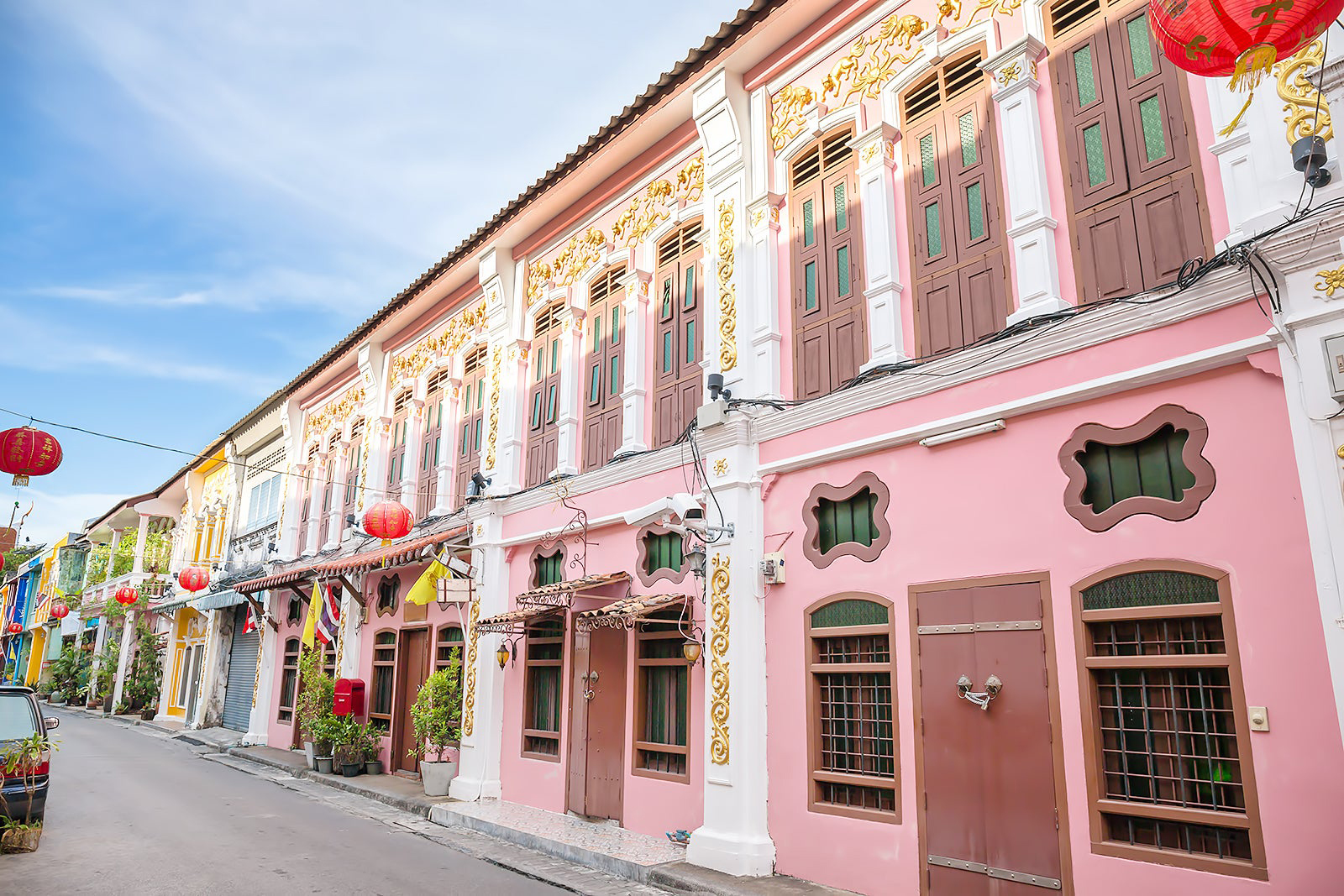
Famous for its beautiful Sino-Portuguese architectures, Soi Romanee is located in the heart of Phuket Old Town where Thalang and Dibuk Roads are connected. This Phuket old quarter is truly a hidden gem where you will find colorful stunning vintage houses of Thai-Chinese descendants in the past.
Once known as a red-light district during Phuket’s tin-mining boom, the street has transformed into a picturesque and cultural highlight. Today, it is lined with boutique cafés, small art galleries, and family-owned guesthouses that celebrate both modern creativity and historical preservation. Located right in the heart of Old Town, Soi Romanee is easy to reach and is best enjoyed on foot.
You can enjoy shooting photos without the interference of the electric cables like on the other places across Thailand. Romanee Street was selected to be one of the streets in Phuket to join the free cables street programme, which means all the cables are moved to the underground. These days Romanee quarter is very popular among both international and Thai tourists. You will see many travellers and photographers come to this street with a huge camera to take advantage of these Sino-Portuguese buildings.
Soi Romanee is really a great place to chill out, shop and take photos of the beautiful buildings. There are many local restaurants around there which offer great local foods like Roti, chicken curry and Thai tea. Also, you can shop for cute handmade souvenirs from postcard shop as well as local souvenirs like Thai local bathing clothes or Thai Sarong for your lady. If you love to take things slow, visit Soi Romanee and allows the street to bring you back in time.
Related Article: Walking Through Time and Artistry: Exploring Phuket Old Town on Foot
2. Phuket Thai Hua Museum
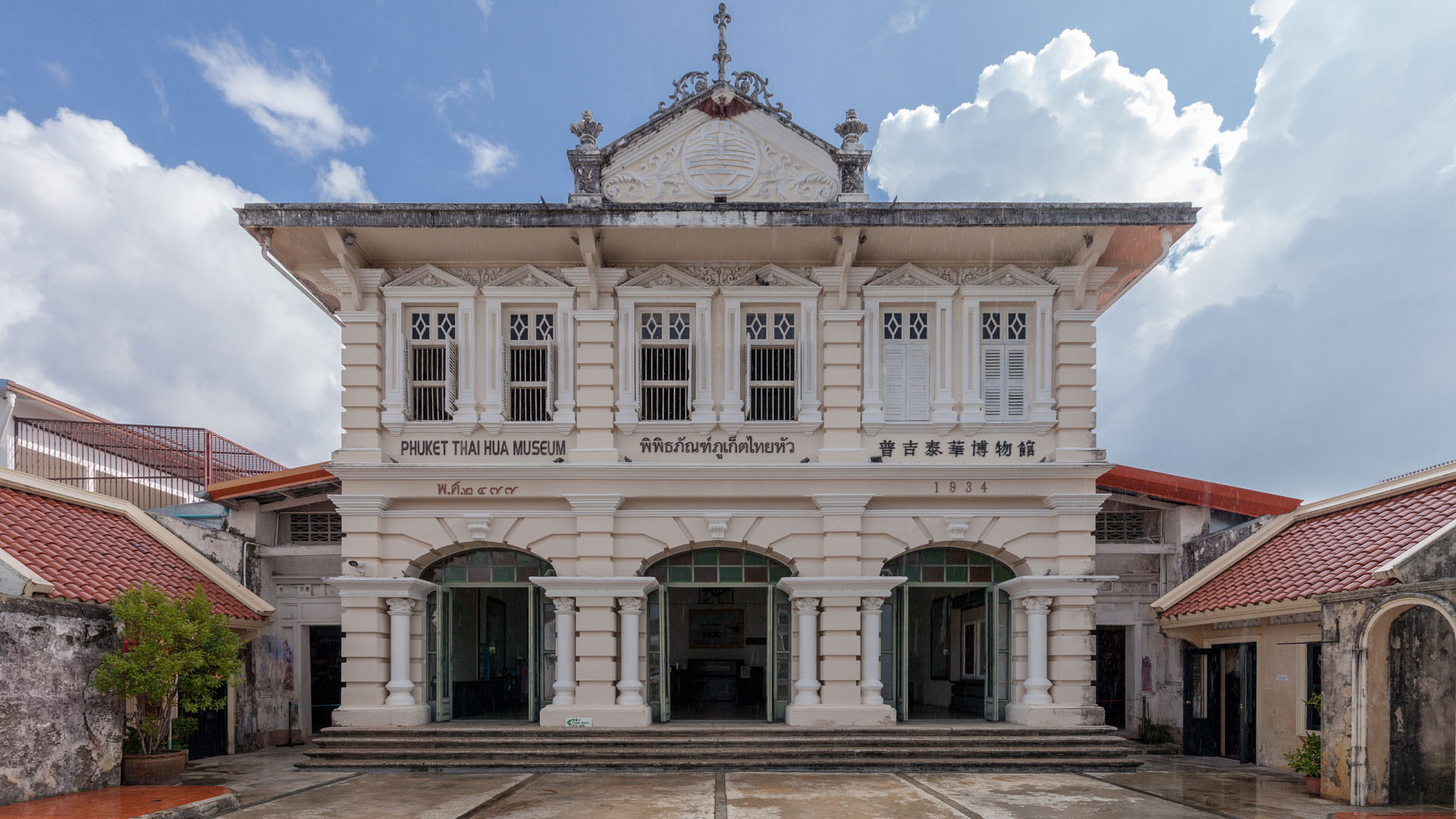
The Thai Hua Museum is a must-visit for those who want to better understand the Chinese influence on Phuket’s development. Situated on Krabi Road in Old Town, the museum is housed in a beautiful colonial-style building that was once a Chinese-language school.
To further honor and safeguard its architectural beauty, the museum received an award from the Association of Siamese Architects for the outstanding conservation of architectural arts in 2008. The museum showcases exhibitions on Chinese migration, their role in the tin-mining industry, and the community’s contributions to Phuket’s cultural and social landscape. The Thai Hua Museum is currently run by Kusonsongkhroh Foundation (aka Lok Xian Kok).
It will walk you through Phuket history through many facets where and when it all begun, especially the connection between Phuket and China. Artifacts, photographs, and multimedia presentations make it both informative and engaging. The Thai Hua Museum serves as a reminder of how the Chinese diaspora shaped much of Phuket’s prosperity, leaving an indelible mark on its cuisine, architecture, and traditions.
The highlight of this historic mansion is the charming inner courtyard, which is open to the sky, allowing the natural light to enter the building during the day. Phuket Thai Hua Museum typically opens daily, but it is ideal to get in touch with their Facebook page to know more about their opening hours and admission fees. Please also note that if you intend to take photos in the museum, you will have to pay for a fee.
3. Thao Thep Kasattri and Thao Sri Sunthon’s Heroines Monument
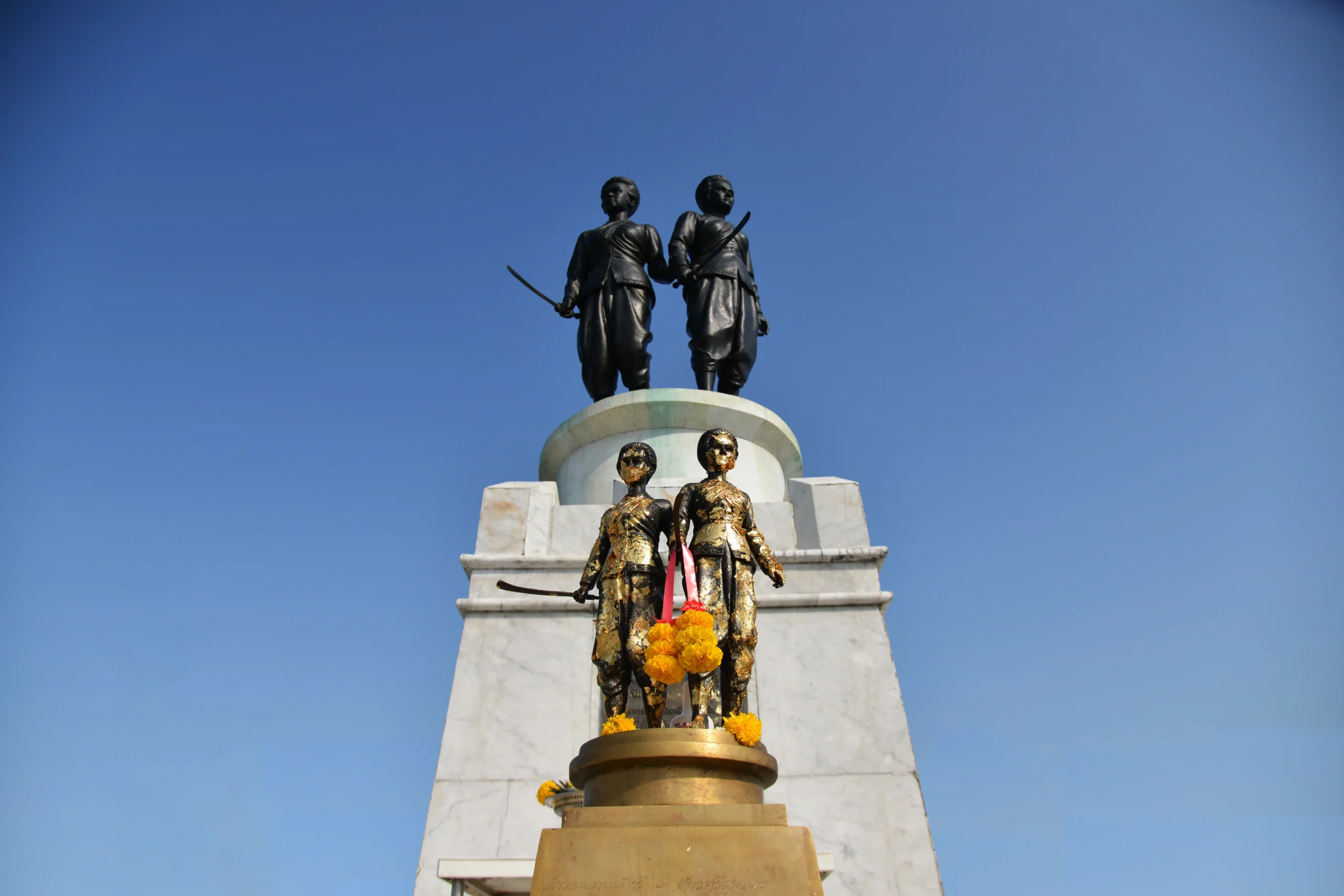
The Heroine’s Monument stands as a powerful tribute to two local sisters, Thao Thep Kasattri and Thao Sri Sunthon, who rallied the community to defend Phuket against Burmese invaders in the 18th century. Located at a busy roundabout on Thepkasattri Road, just north of Phuket Town, the monument is one of the island’s most significant historical landmarks. More than a statue, it is a symbol of courage, unity, and resilience deeply respected by the locals.
During wartime, Thailand and Myanmar had fights over lands. The two countries had constant battles and that was when Thao Thep Kasattri and Thao Sri Sunthon came to shine with their loyalty and bravery in defending Myanmar army for five-week while they were waiting for the help from the capital. These two courageous sisters had defended the island and received the royally bestowed title as “Thao”. Today the statue plays host to many islanders wishing to pay respect to their ancestors. And every year, during March 13 to 15, there will be the celebration for the Thao Thep Kasattri and Thao Sri Sunthon at the monument.
4. Tin Mining Phuket Museum
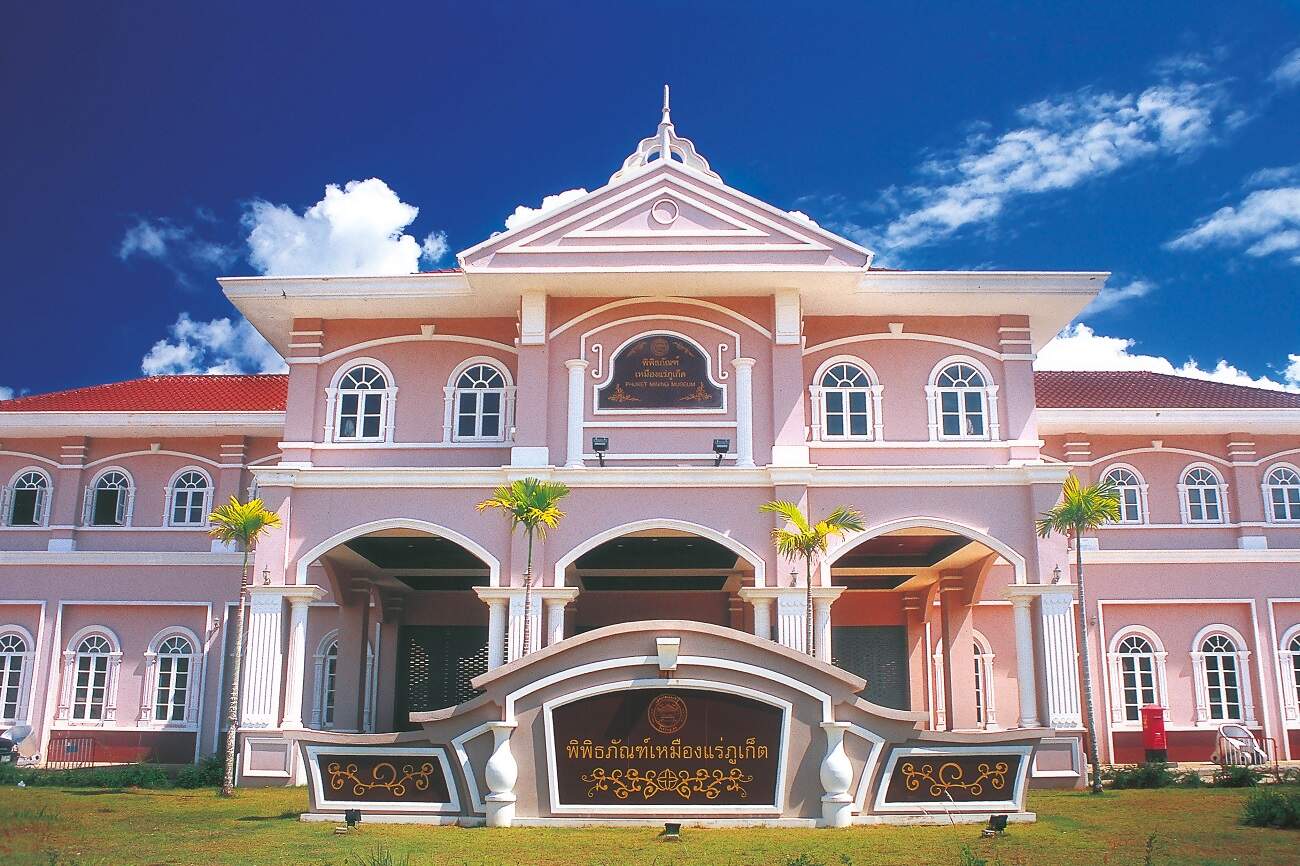
Before the sea and the sun era, Phuket was once rich in tin ore. The tin-mining industry in the island once fueled its economy and drew waves of immigrants to the island, leaving behind both wealth and cultural exchange. The Tin Mining Phuket Museum, located in Kathu, tells this story in a way that is both educational and immersive.
Tin mining museum is located on the road between Loch Palm Golf Club and British International School. The museum has both indoor and outdoor exhibition areas, featuring mining equipment, historical documents, and reconstructed mining environments that illustrate the hardships and successes of the industry. It also highlights the lives of workers, many of whom were Chinese immigrants who became part of Phuket’s cultural fabric.
This Sino-Portuguese building turned museum offers depth of insights. However, most of the signs and information are in Thai language. Therefore, it will be more useful to bring some Thai companions or guide along with you.
5. Baan Chin Pracha
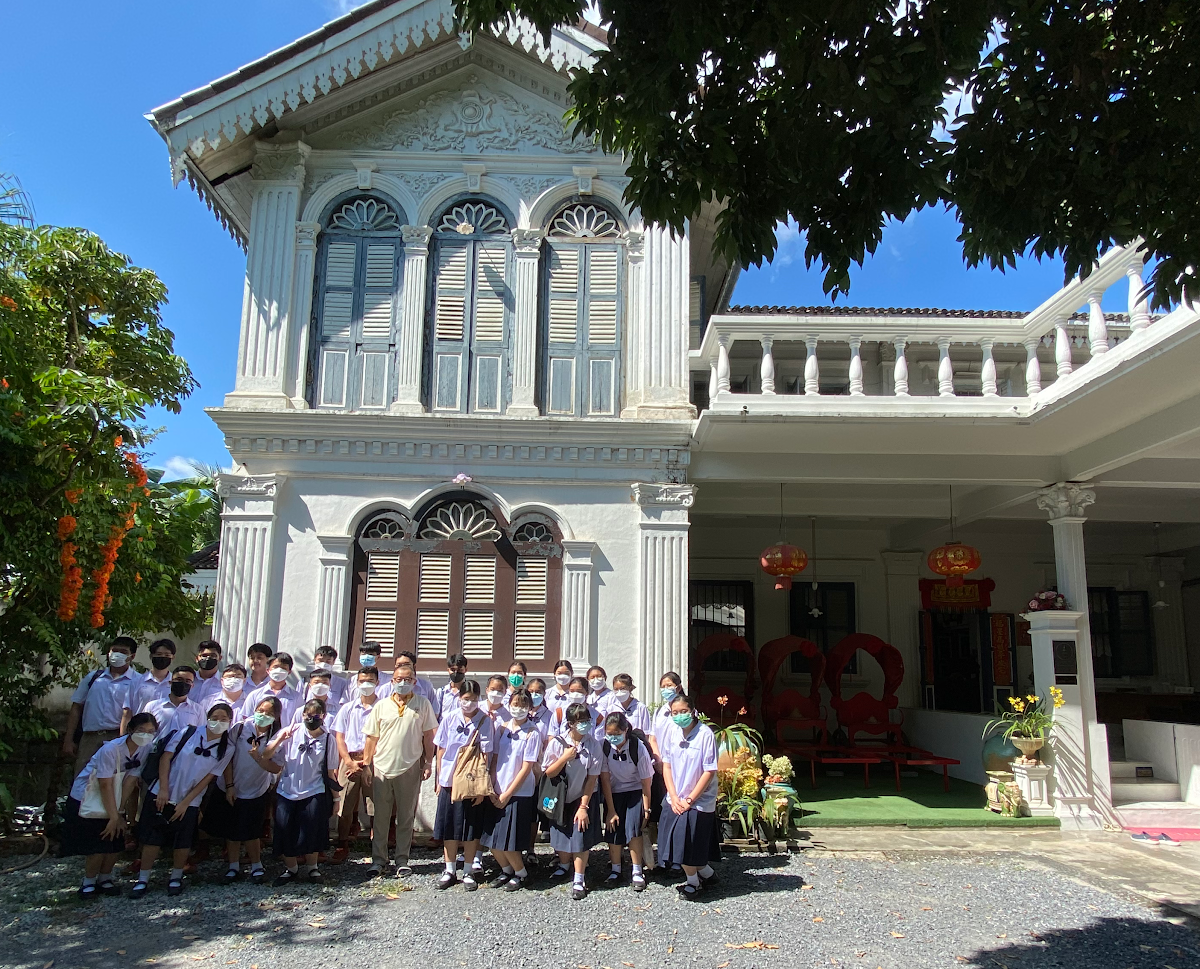
Baan Chin Pracha is a stunning 20th-century mansion that embodies Phuket’s Sino-Portuguese heritage. Located on Krabi Road, the mansion once belonged to a wealthy Hokkien family involved in the tin-mining trade. This mansion is one of the best maintained vintage building on the island—making nostalgia tourism in Phuket even more evident.
Run by its owner, the mansion is partially open for visitation, but that doesn’t mean it has less beauty when compares to other Sino-colonial style house in the town. The spot is famous and was a filming location for both Thai and International TV series. It has many meticulous displays of a daily life of Chinese wealthy people. You will see how the kitchen looks like back in the days and how delicate of each colorful tiles on the floor.
The highlight of this mansion is the spacious open-air inner courtyard with a pond in the middle of the mansion. The mansion also serves as a cultural reference point for understanding how Phuket’s diverse influences came together to create a unique architectural and lifestyle identity.
6. Blue Elephant Restaurant
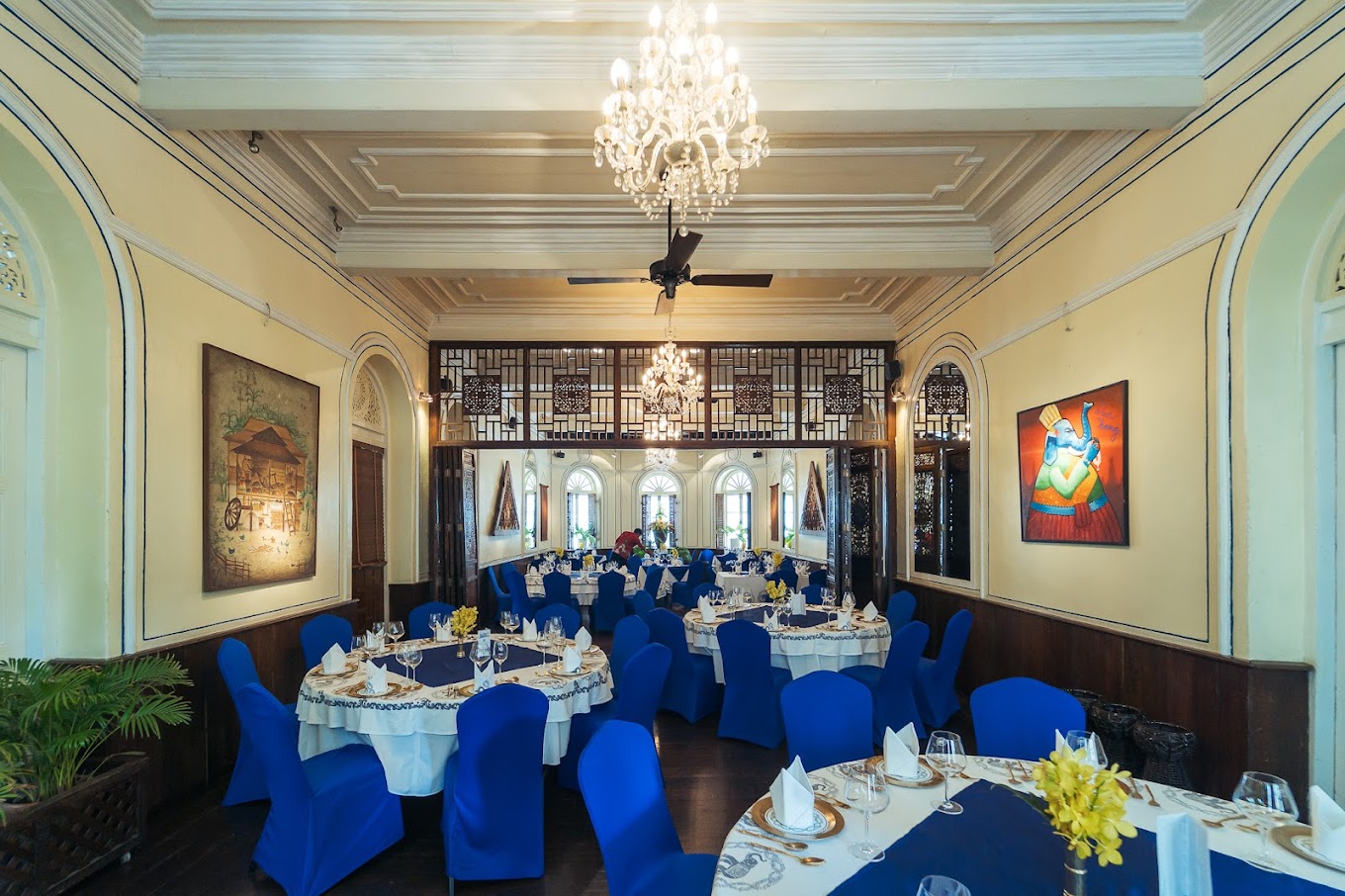
While known globally as a prestigious fine-dining brand, the Blue Elephant in Phuket offers much more than a culinary experience. Housed in a historic Sino-Portuguese governor’s mansion on Krabi Road, the restaurant preserves the grandeur of Phuket’s past while presenting the best of Thai cuisine.
Dining in an old Chinese-Colonial style building of Blue Elephant will almost make you forget about the modern world and thought that you are some royals dining in the palace. And due to its fine cuisine, the restaurant also has cooking school that offers culinary courses for those who fond of Thai cuisine. Blue Elephant Phuket is also a famous spot for intimate wedding venues and other formal banquet events—where heritage buildings are given new life and purpose without losing their original character.
Related Article: Best Luxury Restaurants in Phuket and their Cuisine Specialty
Honoring Phuket’s Cultural Attractions
Visiting cultural landmarks is not only about sightseeing, but also about showing respect for the traditions and history that they represent. Dress modestly, especially when visiting solemn sites—covering shoulders and knees is generally expected. Maintain a respectful tone and avoid rude behavior, as many of these attractions hold deep cultural and historical significance for the locals. Photography is often allowed, but always check for signs or ask permission before taking pictures inside private or sacred areas. Most importantly, approach each visit with mindfulness and an eagerness to learn. Doing so ensures that you not only enjoy the cultural attractions of Phuket but also honor the community that keeps these traditions alive.
Read more here for a more in-depth Phuket travel guide.
–
Photo by Blue Elephant Bangkok Sathorn Cooking School & Restaurant


